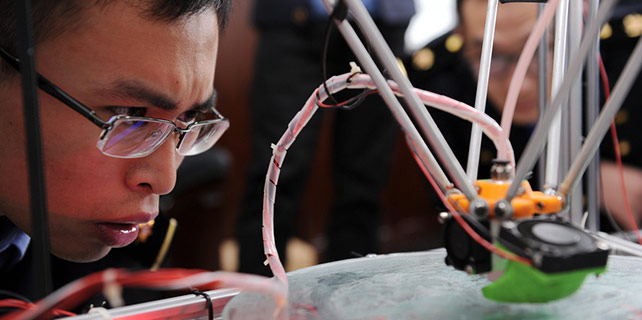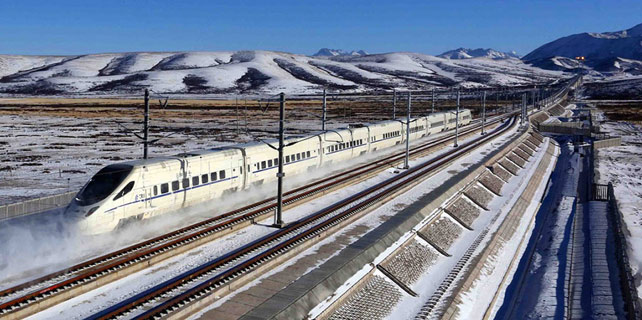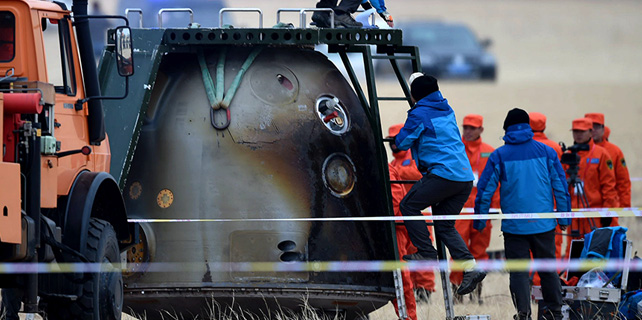Maglev trains stay at front of debate
 |
|
A maglev train arrives at a station in Shanghai. [Photo/IC] |
As China Railway Rolling Stock Corp Ltd recently launched a 600 kilometer per hour maglev project and China Railway Construction Corp Ltd set up a maglev subsidiary, debate over maglev technology is hot again, t he People's Daily reported.
Maglev is a transport method that uses magnetic levitation to move vehicles without making contact with the ground. With maglev, a vehicle travels along a guideway using magnets to create both lift and propulsion, thereby reducing friction by a great extent and allowing very high speeds.
The world's first maglev line was launched in Shanghai in 2002, connecting a metro station to Shanghai Pudong International Airport. With speeds of up to 430 kilometer per hour, its 30-kilometer route takes less than eight minutes to travel.
Compared to other types of urban rail transportation, maglev trains have strong climbing ability and can achieve high speeds. However, they also have some disadvantages, such as a hefty price tag, no commercial operation, and low compatibility with China's current railway system, said Sun Yongfu, former vice-minister of the Ministry of Railway.
Some said maglev is too noisy and has high electromagnetic radiation and is burning money. However, those maglev projects planned or built in China are low and medium speed maglev projects, with a top speed of less than 100 kilometer per hour, the newspaper said.
The Changsha Maglev Express in central China's Hunan province, China's first domestically built maglev line that uses homegrown technology, started trial operation on May 6. The line, with a total investment of 4.6 billion yuan, stretches over 18.5 kilometers and achieves a top speed of 100 kilometer per hour.
Beijing is also currently building a low-speed maglev urban rail route - the S1 line - which will start in northern Beijing's Haidian district, pass through Shijingshan district and end in Mentougou district in the city's western outskirts. The 11-kilometer line will become operational by the end of next year.
Compared with subways, the low and medium speed maglev have low energy consumption, low noise, a short construction period and low cost.
Experts predicted that future low-speed maglev projects will primarily aim to link large cities with their satellite cities, as well as suburbs to downtown areas. They will also be used in second- and third-tier Chinese cities as a substitute for subways.
"The maglev technology we mastered has changed. The Shanghai maglev line was almost imported from Germany, but the Changsha Maglev Express was completely made in China," said Xie Hailin, general manager of Railway Maglev Transportation Investment & Construction Co Ltd.
"Though maglev is not included in the medium and long term development plan for domestic railway system, we cannot rule out the possibility that the country will build another high-speed maglev line between key routes such as Beijing-Shanghai, or Beijing-Guangzhou," Xie added.






















